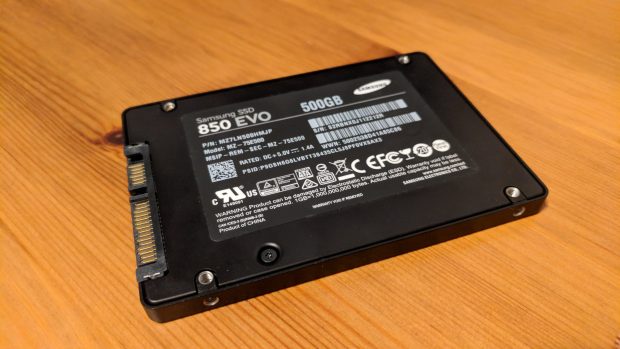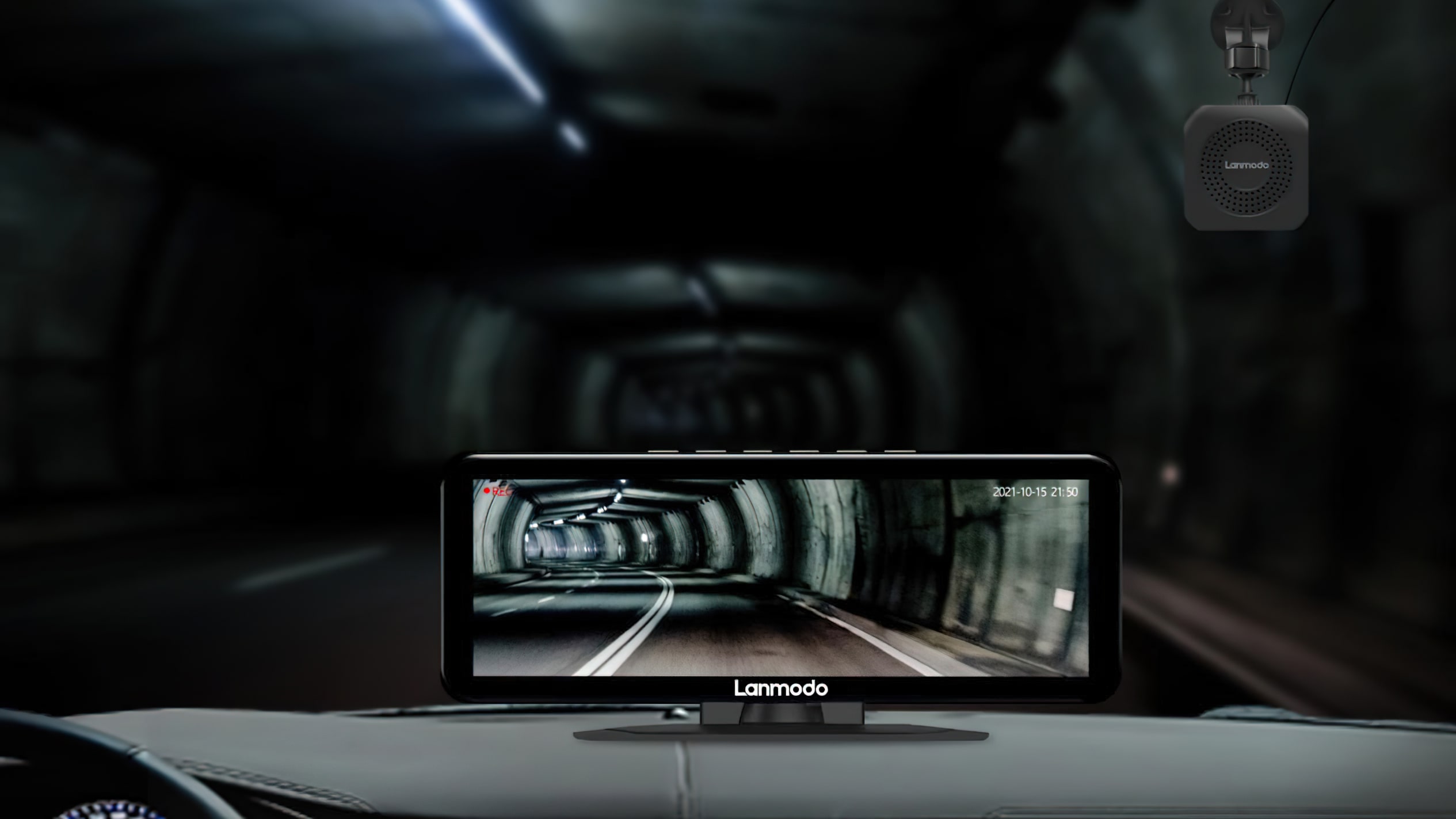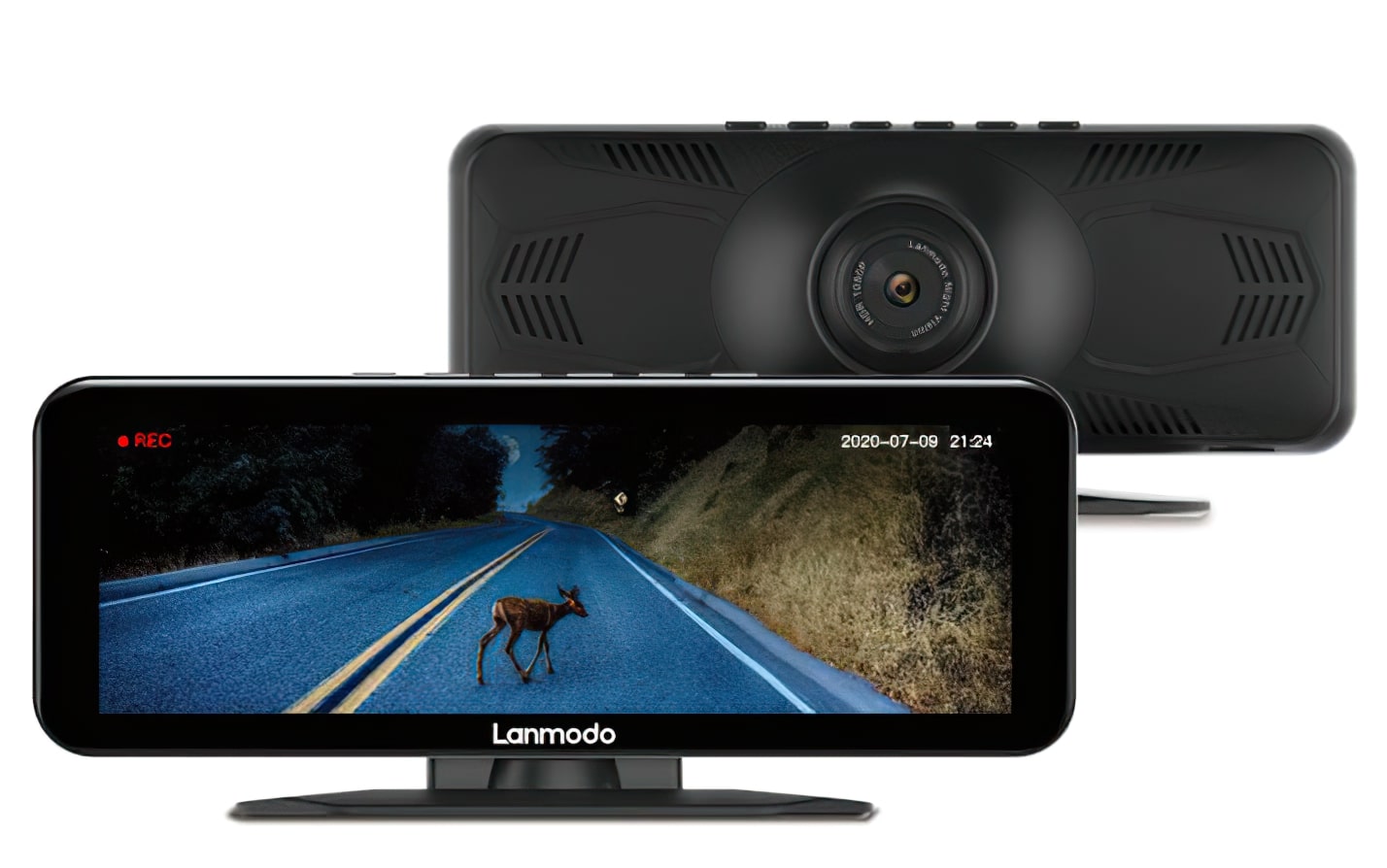If your PC’s been feeling a bit sluggish these days, you might in all probability do with upgrading your principal disk drive to an SSD. They’re a heck of loads quicker than conventional arduous disk drives (HDDs), and so they additionally take up a lot much less room inside your case, permitting them to sit down snugly inside smaller builds with ease. But when so many say they’re lightning quick this and tremendous, further fast that, it may be troublesome to chop by means of the advertising jargon. We’ve coated the fundamentals of what you could look out for in our SSD buying guide, however at the moment I believed we’d begin by some of the in style 2.5in SSDs round, the Samsung 850 Evo.
More inexpensive than its carefully associated sibling, the Samsung 850 Pro, the 850 Evo frequently tops most SSD suggestions lists – and with good cause. It not solely has a stunning 5 12 months guarantee for further peace of thoughts, however Samsung’s VNAND tech is fairly rattling quick for the cash, with Samsung claiming sequential learn and write speeds of as much as 540MB/s and 520MB/s respectively.
Admittedly, these figures require a little bit of fiddling round with Samsung’s extra options, however even with its TurboWrite tech and Rapid mode left off, I recorded a sequential learn pace of 497.9MB/s and sequential write pace of 452.64MB/s within the AS SSD benchmark. [Small disclaimer here: I tested the 850 Evo on my rather ancient desktop (2.8GHz quad-core AMD Athon II X4 360, 8GB RAM, Windows 10), so results might not be quite as fast as a more up to date system. I’ll be upgrading my PC over Christmas, though, so I’ll re-run these tests in the New Year to give you a more up to date picture of how it runs on a modern machine. Small disclaimer over.]
That stated, sequential learn and write speeds aren’t actually one of the best indicator of real-world efficiency. This is as a result of, because the title implies, sequential assessments learn and write recordsdata in a neat little line one after the opposite in adjoining areas. Most of the time, although, SSDs perform a bit like a messy bed room, with recordsdata thrown haphazardly into any accessible nook and cranny with no rhyme or cause to their general placement. As a outcome, random assessments are a significantly better gauge of how briskly an SSD’s truly going to be in on a regular basis use. The catch is that these outcomes are fairly a bit slower than sequential speeds, and Samsung helpfully doesn’t present these types of figures as a result of they’re not the equal of an SSD present dwelling.
Indeed, the 850 Evo’s 4K take a look at outcomes, the place it reads and writes 1GB of randomly chosen 4KB recordsdata throughout the SSD, don’t make for excellent studying, coming in at simply 35.44MB/s learn and 63.58MB/s write. Goodbye desires of seconds-long copy instances for giant sport recordsdata. However, whereas the figures themselves don’t look nice on paper, the 850 Evo’s 4K learn and write pace remains to be 14% and three% quicker than the outcomes I received for one in all its principal 2.5in opponents, WD’s Blue 3D NAND SSD.
The 850 Evo additionally proved to be the higher drive in AS SSD’s Access Time take a look at as nicely, which measures the pace between a learn or write request being made and it truly happening. This is supposed to provide you an concept of how responsive the OS will likely be. On each counts, the Samsung 850 Evo scored zero.055ms, equalling the WD Blue 3D NAND on learn time (zero.052ms) however beating it by 96% when it got here to write down time (zero.108ms).
The Samsung 850 Evo additionally edged forward in AS SSD’s copying benchmark. Here, it copies three folders (an ISO folder with two giant recordsdata, a program folder with a lot of small recordsdata, and a sport folder with a mixture of giant and small recordsdata), aiming to indicate how the SSD performs with a lot of learn and write operations happening on the similar time. The 850 Evo copied the ISO folder at 401.99MB/s, this system folder at 191.27MB/s and the Game folder at 400.80MB/s. Much higher, you would possibly assume. The WD Blue 3D NAND, for comparability’s sake, got here in at 288.1MB/s for the ISO, 193.67MB/s for packages and 389.67MB/s for the sport.
Even this comes with a little bit of a caveat, although, as there actually isn’t a lot between them by way of precise sensible profit. Duration instances, for example, differed by simply over a second within the ISO take a look at and mere milliseconds in this system and sport assessments.
As a outcome, you’d in all probability be completely completely happy selecting both SSD to your PC, as I believe you’d be hard-pushed to inform the distinction in general pace or OS responsiveness. Instead, it actually comes down chilly arduous money, as there’s no level paying over the chances for quick SSD when a probably cheaper one can do the identical job simply as nicely.
Unfortunately, present costs don’t make this specific shopping for choice a lot simpler, as at time of writing the WD Blue 3D NAND prices £82 for 250GB (32.8p/GB), whereas the 250GB Samsung 850 Evo prices £84 (33.6p/GB). At that worth, you would possibly as nicely pay the additional – though it’s price noting that whereas the WD Blue 3D NAND solely comes with a three-year guarantee, its general endurance ranking is greater than the 850 Evo throughout all its varied capacities. Samsung makes issues a bit simpler at 500GB, coming in at £6 less than the WD at £135, however even then it’s not a lot of a right away saving. In the US, it’s a bit extra simple, as you’re $90 for the 250GB 850 Evo, $158 for the 500GB model. The WD Blue 3D NAND, nevertheless, is simply $80 for 250GB and $140 for 500GB.
I realise this in all probability sounds a bit damaging, however when all’s stated and carried out, the Samsung 850 Evo remains to be a terrific SSD. It’s simply that all SSDs are fairly good lately, so until one’s considerably cheaper than the opposite, it doesn’t actually make an enormous quantity of distinction which one you go for until you’re frequently transferring mad portions of video recordsdata otherwise you’re probably the most monstrous energy person the world’s ever seen (wherein case, you’d in all probability need an NVMe M.2 SSD like Samsung’s 960 Pro and never a 2.5in mannequin, however extra on that one other time).
In the meantime, although, the Samsung 850 Evo remains to be a superb selection within the 2.5in class, but when yow will discover the WD Blue 3D NAND for a bit much less, you then’ll nearly definitely be simply as pleased with that as an alternative.





